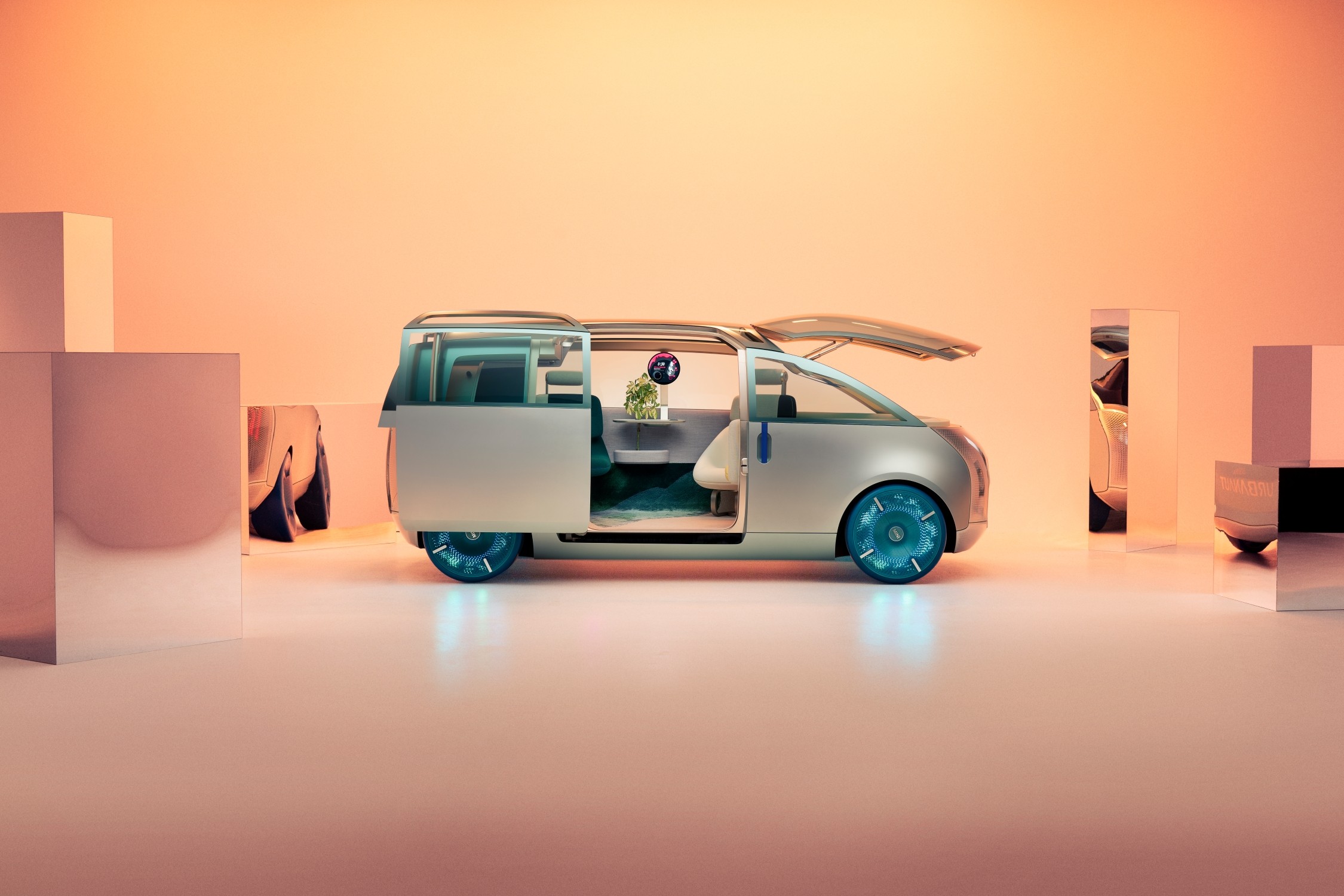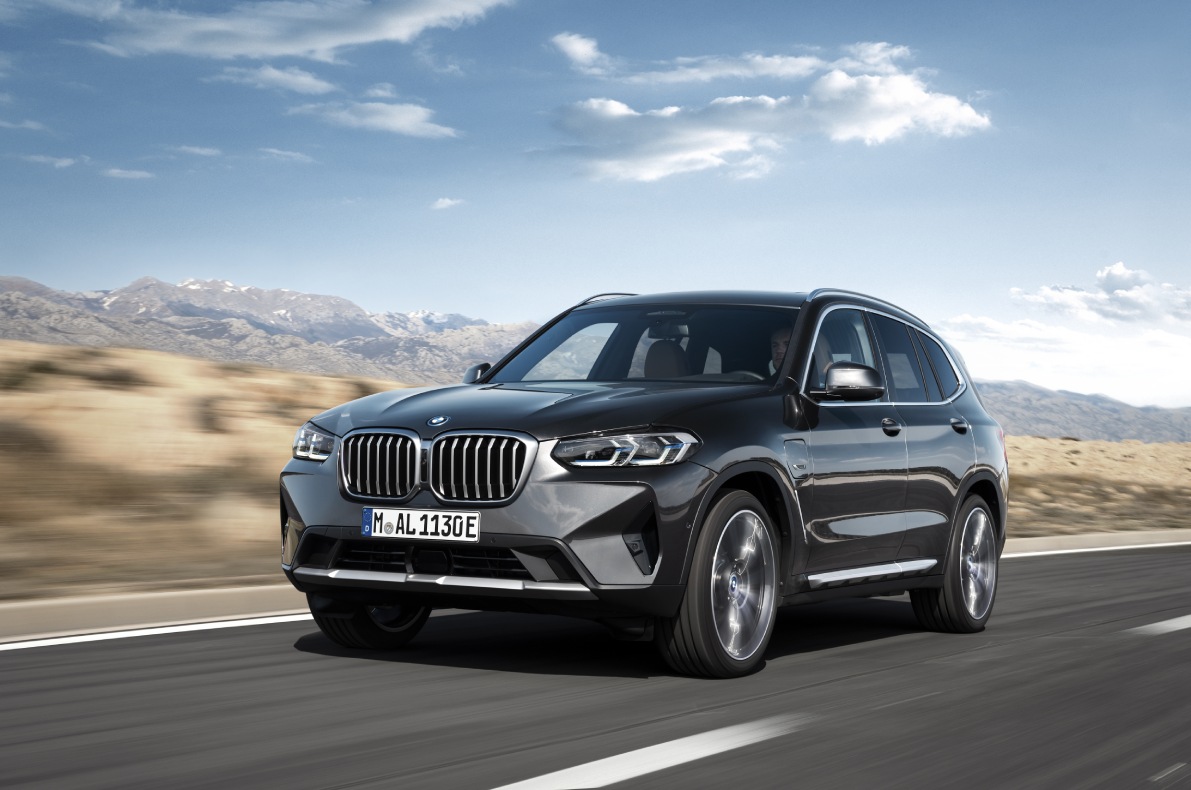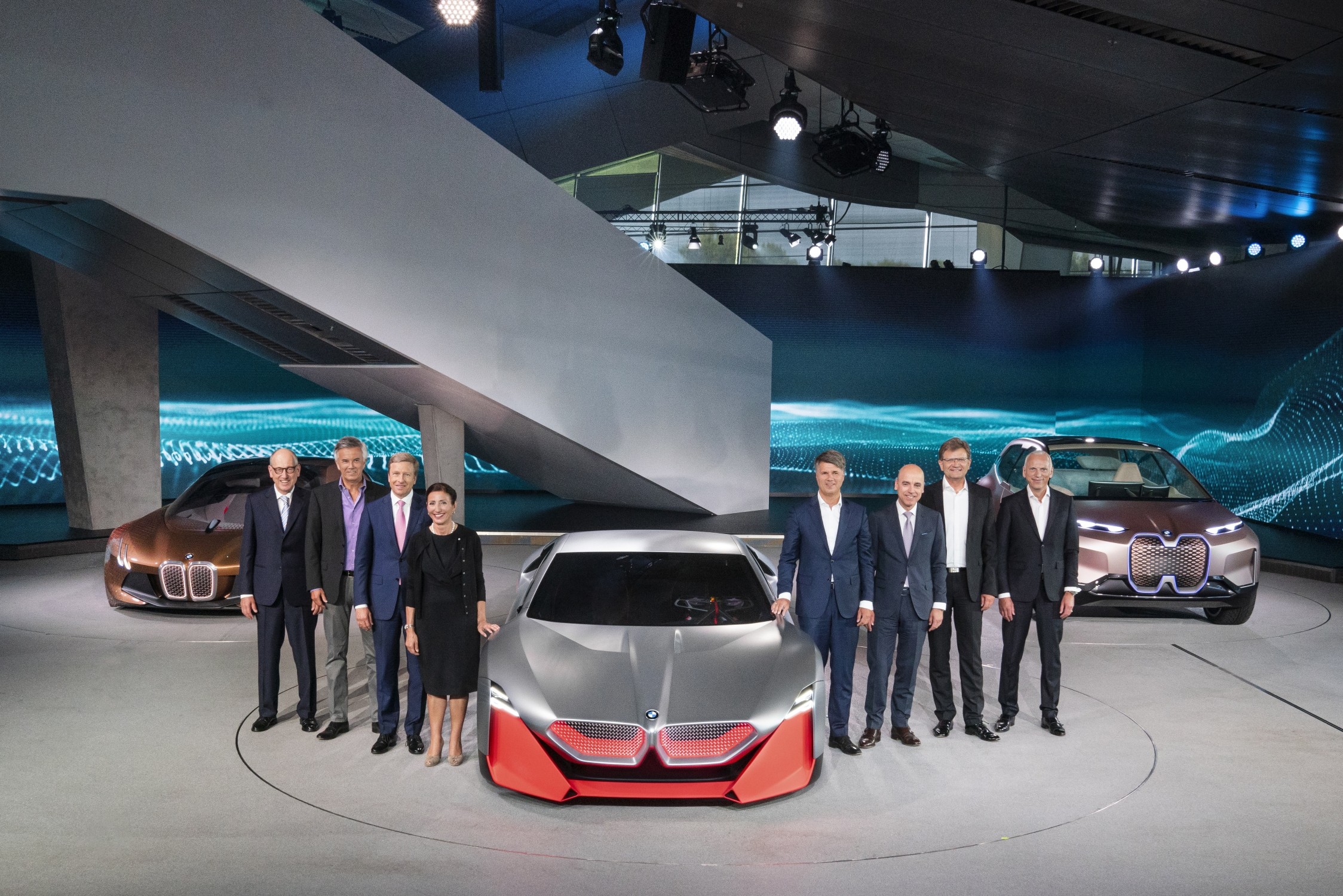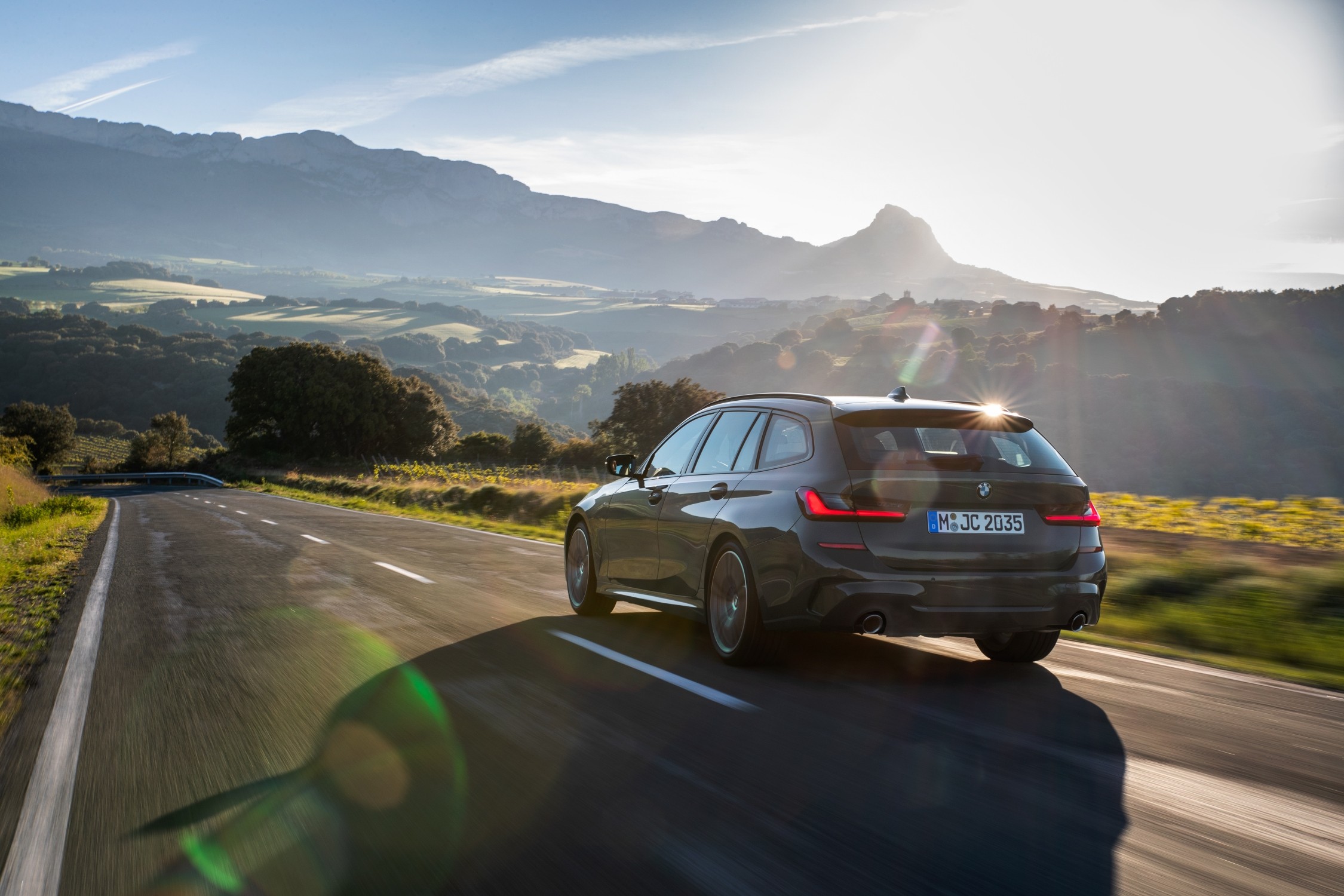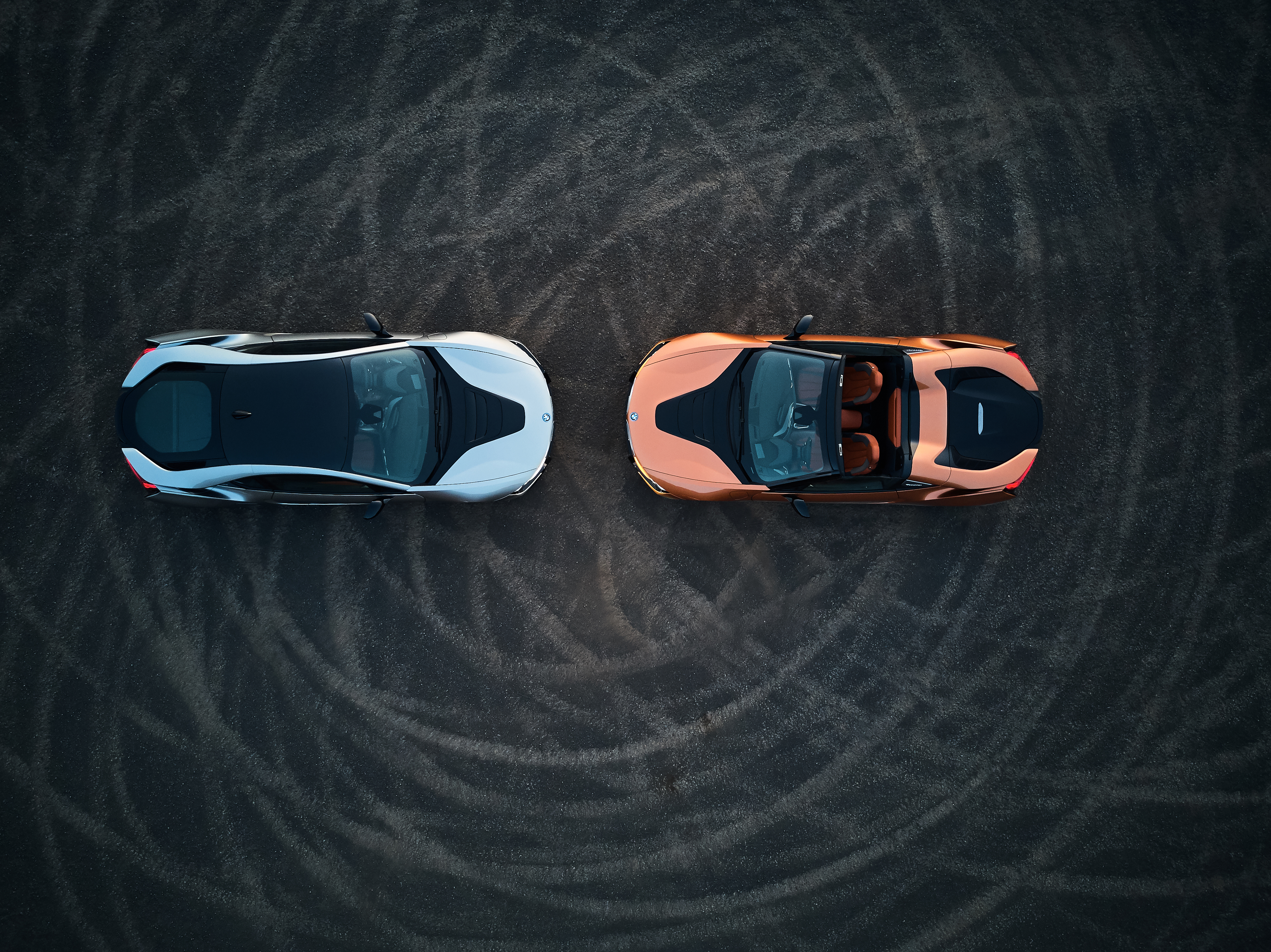
With the introduction of the MINI Vision Urbanaut virtual vision vehicle in November 2020, the MINI brand uncovered an all-new understanding of versatility through an imaginative vision of room. Also, presently the BMW Group is set to divulge an actual model of the vehicle which will permit crowds to connect all the more broadly with the spatial idea and practical materials at work. The model will be given its reality debut on 1 July 2021 at the DLD Summer meeting in Munich.
“At MINI we consider it to be our obligation to safeguard and foster the special qualities of our image throughout the forthcoming years and those further ahead,” clarifies Bernd Körber, Head of MINI. “With our eyes fixed on the future, we have fostered a thought, with the MINI Vision Urbanaut, of how we can take the MINI credits – as here, with the attention on the ‘Cunning Use of Space’ – into the eventual fate of versatility and decipher them in an ordinarily MINI manner. It carries the client’s very own space into the vehicle and opens up different opportunities for them, from making a metropolitan desert garden to encountering opportunity in the ‘Hunger for new experiences’ second. The MINI Vision Urbanaut addresses our picture of how MINI’s ‘Sharp Use of Space’ could give a response to the necessities of future urban areas and ways of life.”
Oliver Heilmer, Head of MINI Design adds: “At MINI Design we accept that the most ideal approach to comprehend the general idea driving the MINI Vision Urbanaut is to encounter it. The sensation of room and the creative materials are simply requesting to be investigated. That is the reason it was vital for us from the start to likewise make an actual model of the MINI Vision Urbanaut. Furthermore, since second has come. We have arranged and fabricated each part of the model – which permits individuals to encounter the entirety of the features of the MINI Vision Urbanaut – at our MINI Design Studio in Munich.”
Broadening the possibility of portability past driving – the MINI minutes.
Scaled down sees its future self basically as an empowering influence of and ally for remarkable occasions, what we’re calling “Smaller than expected minutes”. Motivated by the inquiry “What sort of encounters would I like to have with my vehicle?”, they give the applied stage to the MINI Vision Urbanaut – for times when you’re voyaging and others when you’re not. What this implies all the more explicitly is embodied up by the MINI minutes “Chill”, “Hunger for new experiences” and “Energy”. The outside and inside of the vehicle change to mirror the MINI second close by thus give the on-board experience the most ideal stage and spatial climate. Aroma, sound and encompassing lighting keep on advancing the standard mind-set started by the picked MINI second. The change of the vehicle through the various minutes can now additionally be knowledgeable about shocking reality because of the formation of an actual model of the MINI Vision Urbanaut.
The Chill second welcomes you to get a breath and respite in the present time and place. The vehicle turns into a sort of retreat, a sanctuary where you can unwind or work with full fixation. While the back seat (Cozy Corner) welcomes different seating and lying positions, the illuminated Loop above it’s anything but an appearance enlivened by a green timberland shelter and can likewise be diminished. In the focal region, the roundabout instrument creases down to turn into a table light, killing presentations or switches that may help the client to remember their auto environmental factors.
Craving for something new is the lone MINI second where the MINI Vision Urbanaut is being driven or driving with computerized driving capacities. At this time, the inside turns into the best spot for driving the vehicle, or being driven by it, and empowers those on board to rediscover the sentiment of movement. At the point when the client needs to drive themselves, a tap of a finger on the MINI logo draws out the directing haggle. What’s more, the UI on the focal round instrument likewise adjusts it’s anything but; a liveliness of the course, extra excursion data – like guest attractions and appearance time – is shown here for those ready.
The Vibe second puts time with others at middle of everyone’s attention – inside and out. Opening the side entryway and collapsing up the windscreen causes an inviting situation that obscures the limits between the outside and inside. The focal round instrument turns into a media control focus. A liveliness of realistic equalizers moving with the music is projected onto surfaces of the front, back, haggles over the back seat, making a lovely club air. On the off chance that those ready so want, the vehicle could even start to look like a boombox. And afterward there is the fourth alternative, the customisable “my second”, which gives clients further extension for fitting the plan of the vehicle to their requirements and wants.
Diverse supportability.
Just as its wide scope of employments, the MINI Vision Urbanaut likewise centers around manageability – and this can be seen and experienced straightforwardly in different parts of the vehicle. The beginning stage for the idea was the “Shrewd Use of Space” for which MINI is famous; for example it offers most extreme space on the littlest conceivable impression. Albeit the MINI Vision Urbanaut is just 4.46 m long, its tallness permits it’s anything but an inside space that can be utilized from various perspectives and offers a totally different simplicity of development inside the vehicle. The electric drive framework guarantees locally outflow free portability. Also, another perspective is the extension for utilizing the vehicle for purposes past versatility. For sure, the MINI Vision Urbanaut likewise makes a metropolitan space for individuals when it’s stopping, essentially expanding the measure of time they will need to utilize the vehicle or simply hang out in it.
The MINI Vision Urbanaut likewise embarks to utilize assets capably. To this end, from the start of the idea stage the group zeroed in on reliably diminishing the quantity of segments and keeping away from pointless utilization of materials. This has been accomplished by improvements including smart double usefulness for the dashboard (it can transform into a daybed) and the introduction appearance of a round OLED community show – which reworks itself as an up-to-date light in the Chill second – over the table. Expanding length of utilization by guaranteeing materials can be supplanted is in like manner a need. Variable covers are a genuine illustration of how this can be accomplished. Furthermore, the inside has been made without the utilization of chrome or calfskin, a methodology that will likewise be carried out in the following MINI model age.
Top caliber and reasonable material advancements.
The inside of the MINI Vision Urbanaut highlights a high extent of reused materials and the materials utilized are only sustainable and recyclable. The prevailing material in the inside are materials produced using reused materials (counting fleece, polyester and Tencel) which mix comfort and quality with delicateness and solace. The planners likewise gave additional consideration to arrangements made out of a solitary kind of material – what are known as “mono-materials”. These are not difficult to reuse sometime later and can be transformed into new items. The utilization of sustainable and recyclable stopper on the directing haggle of the floor adds an extraordinary touch because of its regular feel, and guarantees a truly wonderful inside environment. With everything taken into account, the materials idea for the MINI Vision Urbanaut features the incredibly significant degrees of visual and haptic quality that an economically planned inside can offer.
An encounter for every one of the faculties.
The MINI Vision Urbanaut covers all tangible points in making the ideal on-board insight. A vital component of the inside plan is in this way a painstakingly sharpened way to deal with aroma and sound. “The all encompassing methodology tending to every one of the faculties makes a really novel and remarkable experience,” clarifies Annabell Coffinet, Fragrance Designer at the BMW Group. “An unmistakable scent signature sticks in the mind and can help you to remember a positive climate and by and large experience. Along these lines, we are making another, extremely close to home association with especially critical occasions. We additionally needed to interface the MINI brand personality with a scent signature interestingly. This drift of something theoretical, invigorating and surprising carries feeling to how the brand’s message is discussed, a sort of global mark with a high recognisability factor. It will be prudent and uncovered as a component of a welcome situation.” Bringing equilibrium to the tactile experience, Renzo Vitale, Creative Director Sound, gives the different surfaces of the welcome situation scent a discernible structure. Just as the welcome sound, he additionally formed the music for the Chill, Vibe and Wanderlust minutes. In the Chill second, the vehicle encloses the client by the inconspicuous soundscapes of a woods, with stirring leaves and streaming water filling the inside – a fitting supplement to the dimmable woodland shelter impact. Acoustic sounds set the seal on the unwinding rich experience. The Wanderlust and Vibe minutes are joined by a soundtrack of extraordinarily created music which can be played both inside and outside the vehicle.
Simple love, advanced association
Another point with the MINI minutes was to utilize computerized combination to strengthen or advance the simple experience. This “simple love, advanced association” approach runs all through the vehicle. Surely, an extra advanced level has been incorporated under a few of the simple surfaces. Models here incorporate the table inside the vehicle (which starts the MINI minutes when the MINI Token is set in one of the openings), the light with OLED show and the LED lattices in the inside under a layer of material or toward the front and backsides of the vehicle. These spaces of the vehicle unite the simple and computerized universes into another and vivid experience. And the entirety of this would now be able to be knowledgeable about a genuine vehicle, because of crafted by the BMW Group’s modelers.
Uniting the BMW Group’s model-building skill.
As an imaginative space idea, the MINI Vision Urbanaut was planned from the back to front. The creators made the extensive inside experience prior to fostering the outside, utilizing floor plans, household items in addition to wooden scale models to give a sign of size. Throughout the span of the venture, expanded the truth was utilized to make a computerized model, which was then deliberately upgraded. The actual model of the MINI Vision Urbanaut was then assembled beginning to end at the MINI Design studio in Munich. Here, the BMW Group assembled all the mastery accessible to change virtual dreams into actual reality. Upholsterers, modelers, mechatronics engineers, developers, paint subject matter experts and others worked close by the planners to transform a dream into an actual model of nearly model quality. All things considered, the MINI Vision Urbanaut is certifiably not a static model, however a driveable and steerable one. Each part has been uniquely planned, accuracy made utilizing state of the art devices and created by hand. The serious level of imaginativeness inside the MINI Vision Urbanaut is featured by an inside plan that is suggestive of an advanced living space. The development of the model in this way stretched out from a traditional vehicle construct through furniture-production right to programming and shrewd innovative joining.
courtesy: https://www.press.bmwgroup.com/

